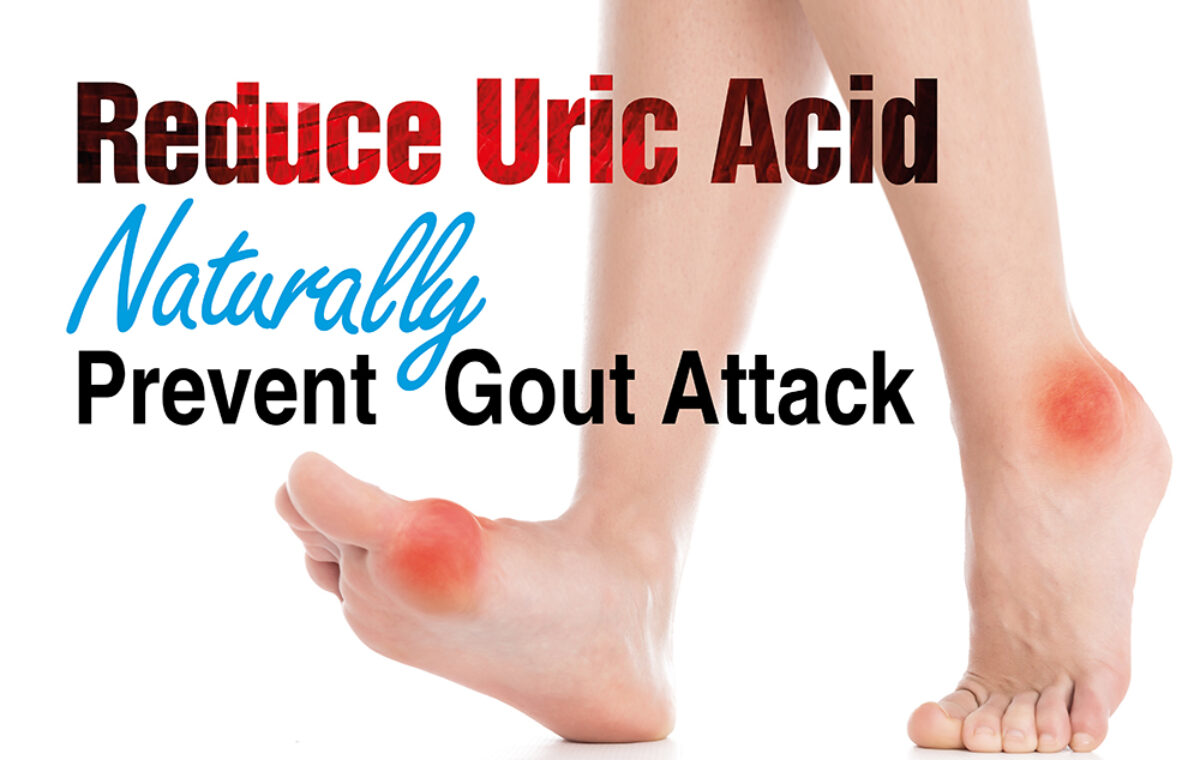The ABCG2 gene belongs to a group of genes called the ATP-binding cassette family; genes in this family provide instructions for making proteins that transport molecules across cell membranes. In the intestines, the ABCG2 protein helps release (secrete) a substance called urate into the urine. Urate is a byproduct of certain normal biochemical reactions in the body. In the bloodstream it acts as an antioxidant, protecting cells from the damaging effects of unstable molecules called free radicals. Urate levels are regulated by the kidneys and, to a lesser extent, by the intestines.
The ABCG2 protein also transports certain drugs out of cells. For example, this protein clears some chemotherapy drugs from organs and tissues. Transport of these drugs allows them to have their intended effects and be eliminated from the body.
HEALTH CONDITIONS RELATED TO GENETIC CHANGES
Gout
Genetic changes in the ABCG2 gene are associated with a condition called gout, which is a form of arthritis that causes painful joint inflammation.
ABCG2 gene changes associated with gout decrease the protein’s ability to release urate. One variant replaces the protein building block (amino acid) glutamine with the amino acid lysine at position 141 in the protein (written as Gln141Lys or Q141K). This change reduces the protein’s ability to secrete urate by half. Another variant creates a premature stop signal in the instructions for making the ABCG2 protein (written as Gln126Ter or Q126X), which results in no functional ABCG2 protein. Variants in the ABCG2 gene reduce the removal of urate from the blood, which causes the blood level of urate to rise. The excess urate can accumulate in the body’s joints in the form of crystals, triggering an inflammatory response from the immune system and leading to gout.
While changes in the ABCG2 gene can alter urate levels in the body, they are not enough to cause gout by themselves. A combination of dietary, genetic, and other environmental factors play a part in determining the risk of developing this complex disorder.
OTHER NAMES FOR THIS GENE
ABC15
ABCP
ATP-binding cassette transporter G2
ATP-binding cassette, sub-family G (WHITE), member 2 (Junior blood group)
BCRP
BCRP1
BMDP
breast cancer resistance protein
CD338
CDw338
EST157481
mitoxantrone resistance-associated protein
MRX
multi drug resistance efflux transport ATP-binding cassette sub-family G (WHITE) member 2
MXR
MXR-1
MXR1
placenta specific MDR protein
placenta-specific ATP-binding cassette transporter
UAQTL1
Source: MedlinePlus, National Library of Medicine
It is important to note that dying cells contribute to the largest portion of uric acid, some 70%, in fact. This area of concern not only pertains to the fact that these dying cells cause excess uric acid, it also speaks to the danger of what else massive cellular die-off means to your health as a whole. While genetics can play a role, your diet and lifestyle directly affect the health of your cells. This is likely the more important area to focus on. Genetic recognition and knowledge won’t do you any justice in resolving your gout attacks, but the health of your cells will!
Click here to learn more cellular health
